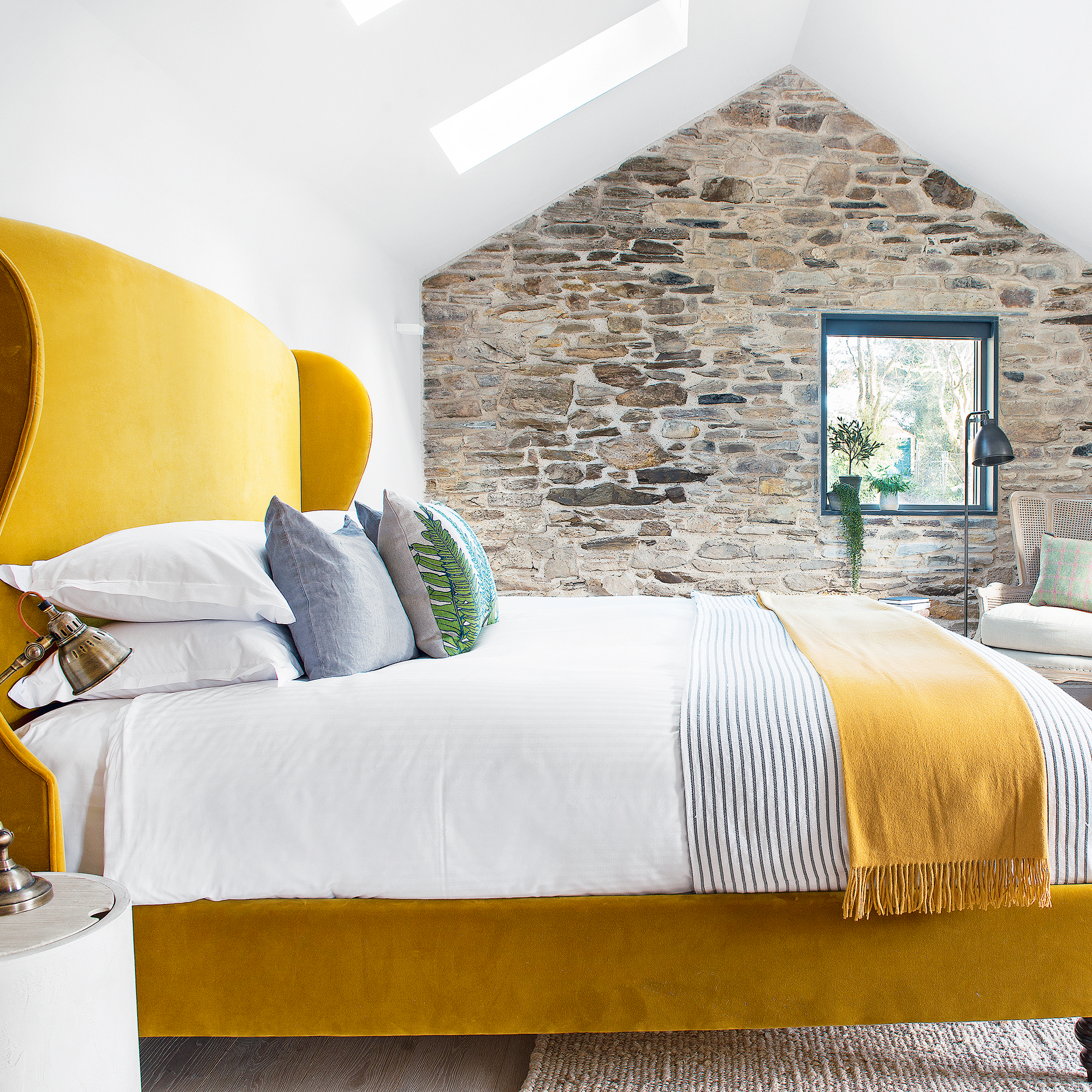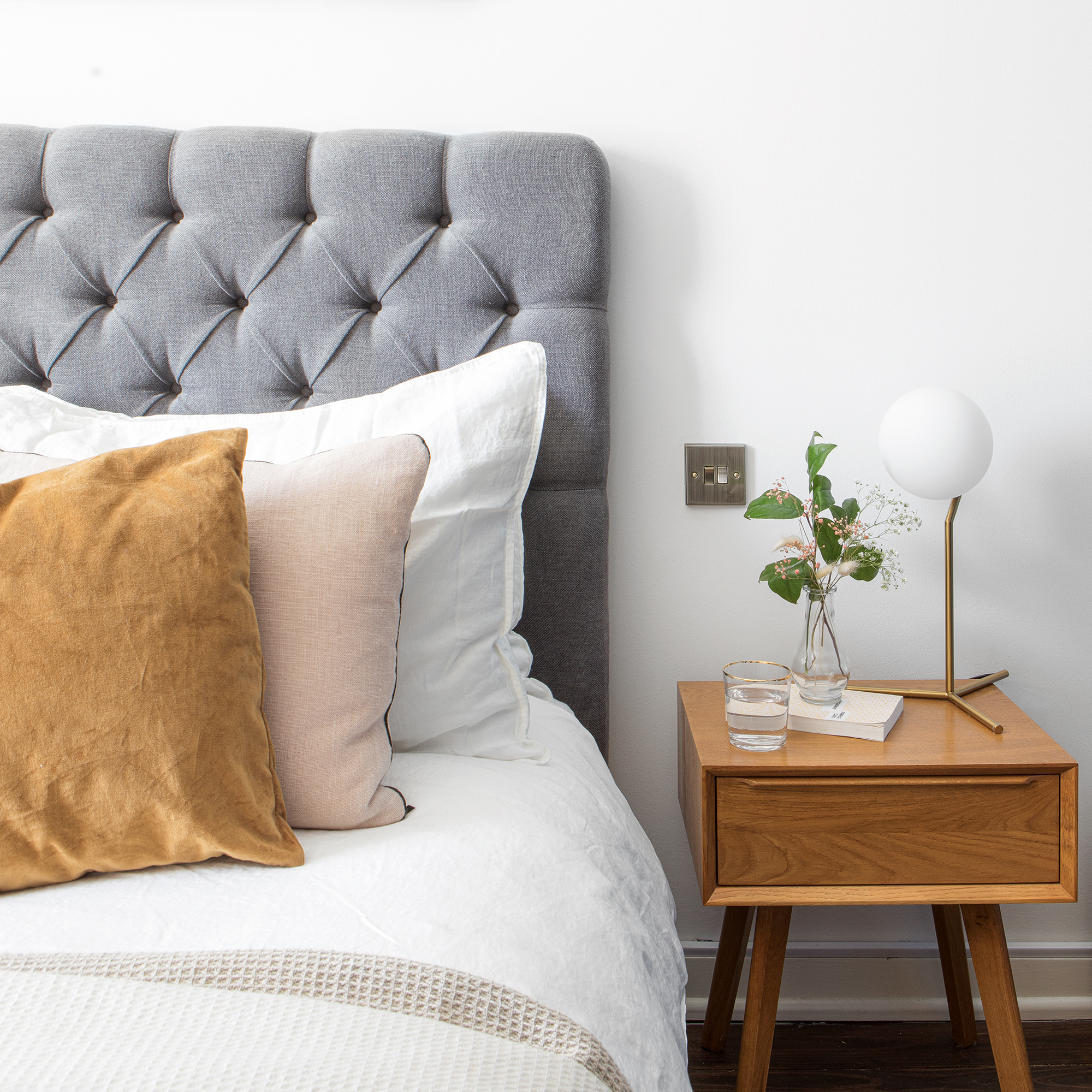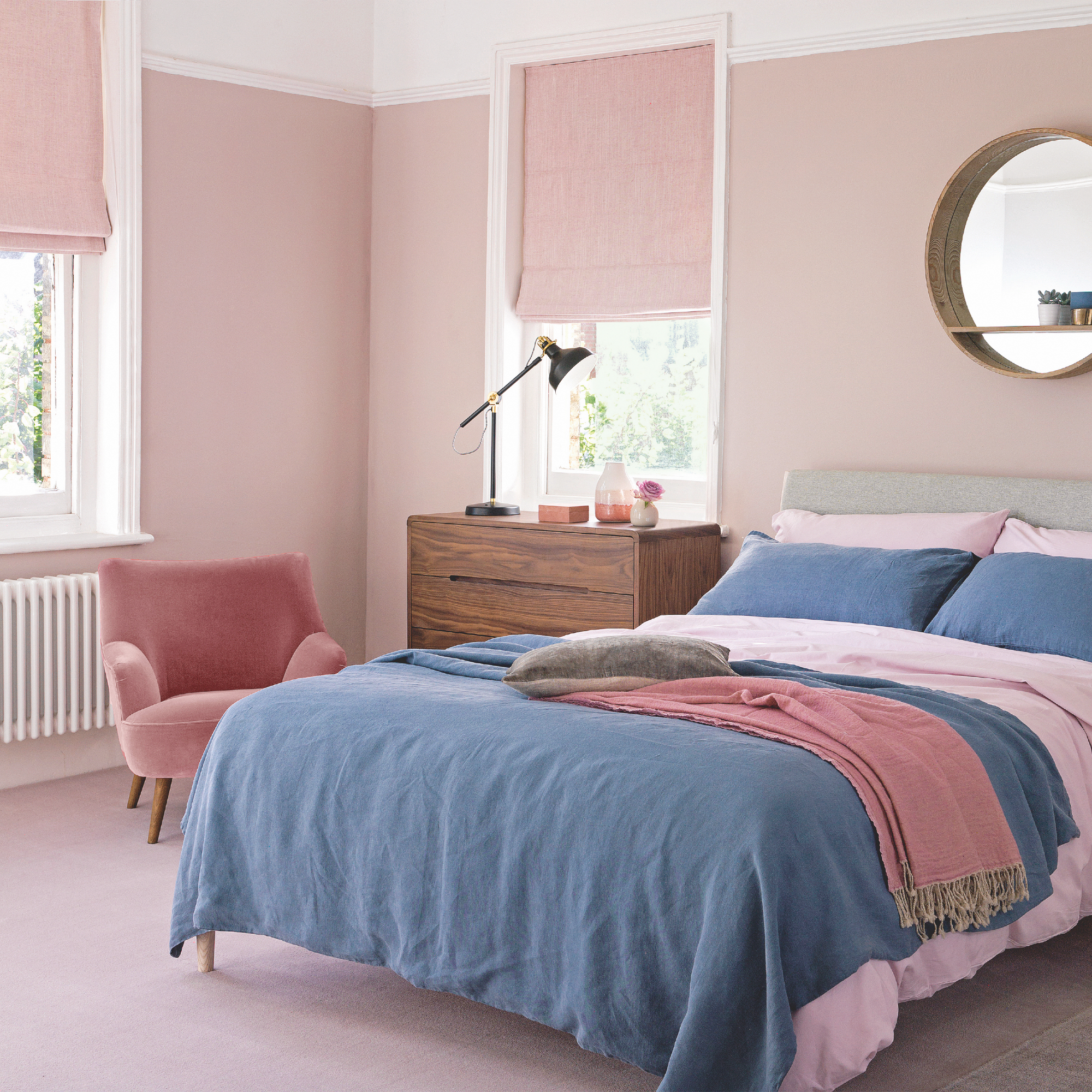Should you vacuum a mattress? Here's the truth
Experts are warning against this tried and tested method for cleaning a mattress


Have you ever asked should you vacuum a mattress? After all, when we do (ahem, finally...) get round to cleaning these, reaching for the vacuum feels like the quickest and easiest way to get the job done, and for many of us, it's a tried and tested method. But is this even what we should be doing?
The best mattresses deserve the utmost care and attention so that we can keep sleeping on them soundly. Vacuuming has long since been a recommended method for how to clean a mattress, but there have been some warnings against this recently if you want to maintain the tip-top condition of your mattress for years to come.
The best vacuums are amazing devices for keeping our homes - and everything in them - clean, but it's essential to establish whether they're suitable for mattresses, and to look at alternative cleaning methods if they aren't. We've gone straight to the experts to get to the bottom of it...
Should you vacuum a mattress?

Whether you're using one of the best vacuums for pet hairs on your mattress because your pet spends the occasional night there or have just realised you've never actually cleaned this bedroom item, we delve into should you vacuum a mattress or not.
So -should you vacuum a mattress?

The short answer is that should you vacuum a mattress depends on the type of mattress in question. It's common practise to run a vacuum over a mattress every few months - maybe less often if you're using one of the best mattress toppers. Though this can be an easy but effective way to remove dust and debris, it's important to note that not all mattresses are best cleaned this way.
'Regular vacuuming of your mattress can help remove allergens, dust mites, and dirt, contributing to a cleaner and more hygienic sleeping environment,' says Jane Wilson, Cleaning Expert and Manager, Fantastic Cleaners.
'It’s generally safe and beneficial for most types of mattresses. This includes mattresses with materials such as foam, latex, innerspring, hybrid, and memory foam.'
Sign up to our newsletter for style inspiration, real homes, project and garden advice and shopping know-how
Mattresses made with synthetic fillings are therefore safe to vacuum. These include memory foam mattresses, which are popular products from modern mattress-in-a-box brands Emma vs Simba, and hybrid (foam and spring) mattresses, like the Ideal Home-approved Emma Select Diamond Hybrid mattress.
Which mattresses shouldn't you vacuum?

But which mattresses, if any, require alternative cleaning methods? The experts warn against vacuuming mattresses made with natural fillings.
'You should never vacuum a mattress which is made with natural fillings,' says Adam Black, Co-founder, Button & Sprung. 'Even a gentle suction can disturb the way the fillings are lying under the sleep surface, leading to lumps and bumps.'
'Although it seems tempting to vacuum dust and fluff from your mattress, the powerful suction of a vacuum cleaner can cause the filling to become dislodged which can lead to bumps and dips,' agree the mattress experts at And So To Bed.
The natural fillings used to create some mattresses include:
- Cotton
- Wool
- Silk
- Cashmere
- Mohair
- Bamboo
- Latex
If your mattress has any of these fillings, the experts recommend cleaning with a soft brush rather than a vacuum, as this shouldn't disturb the delicate materials inside the mattress.
'A soft brush is a better alternative as this will gently sweep without causing damage,' says Adam Black. 'We recommend that you do this every few months to keep your mattress clean and free from any dust which might settle.'
'Additionally, mattresses with intricate stitching or detailing might be more prone to unravelling or distortion,' says cleaning expert Jane. 'It's always a good idea to consult the mattress manufacturer's guidelines or contact them directly for advice on cleaning and maintenance specific to your mattress.'
Check the care label of your mattress, as there may be instructions which indicate whether or not it should be vacuumed. But as a general rule of thumb, use a brush to clean mattresses made with natural fillings, and a vacuum for mattresses with synthetic materials.

If you are vacuuming your mattress, use a vacuum which has a soft brush attachment for furniture and upholstery, such as the Anti Hair Wrap Cordless Pet Vacuum, currently £329.99 at Shark. The soft bristles of furniture attachments will clean your mattress more gently.
It's also recommended to use a less powerful suction, if your vacuum offers different levels. 'To be extra safe you can keep your vacuum on a lower suction setting to avoid excessive tugging, pulling and wear on your mattress,' advises Carl Walsh, Owner Bed Guru.
FAQs
How often should you vacuum your mattress?
'In addition to bodily fluids and dead skin cells, on average, a mattress houses between 100,000 and 10 million dust mites – microscopic creatures that cause skin rashes, irritation and can potentially worsen allergy symptoms', explains Tobin James, Sleep Ergonomics Expert, TEMPUR®. 'It’s therefore vital to ensure you’re cleaning your mattress every six months.'
Every six months is the minimum recommended amount for how often should you vacuum a mattress. 'If you suffer badly from asthma or allergies, you should clean your mattress more regularly – around once a month to help ease symptoms,' adds Tobin.
Do I need a special vacuum for a mattress?
You don't need a special vacuum to clean your mattress, though ideally you need one with a soft bristle brush attachment. These are usually called furniture or upholstery attachments, and they're really handy for transforming a regular vacuum into one of the best handheld vacuums, if you don't have one of these.
'A regular household vacuum cleaner with upholstery attachments can be used for mattress cleaning, but it's important to ensure that the vacuum cleaner is in good condition and has a clean filter to avoid dispersing allergens or dirt particles back into the air,' says cleaning expert Jane.
'If you have allergies or asthma, using a vacuum cleaner with a high-efficiency particulate air (HEPA) filter can be beneficial in trapping and containing allergens.'
What do you put on a mattress before vacuuming?
A top cleaning hack is to sprinkle baking soda over the top of your mattress before vacuuming. 'Baking soda cleans your mattress by helping to eliminate any odours and soak up any liquid that may be on the mattress', explains Theresa Schnorbach, Sleep Scientist, Emma - The Sleep Company.
Fantastic Cleaners' expert Jane recommends the following steps for getting the best results with baking soda and a vacuum:
- Remove any bedding, pillows, or mattress protectors.
- Lightly brush the surface of the mattress to loosen any debris or dust particles before vacuuming.
- Sprinkle a thin layer of baking soda evenly over the entire surface of the mattress. Use your hands or a clean brush to gently spread it and ensure it covers the mattress.
- Allow it to sit for about 15-30 minutes before vacuuming it up. This will give it enough time to absorb any odours.
- Vacuum all sides of the mattress, including the top, sides, and edges. Pay extra attention to seams, crevices, and areas where dust or debris may accumulate.

Katie has been writing freelance since early 2022, specialising in all things homes and gardens, following achieving a Masters in Media and Journalism. She started out writing e-commerce content for several of Future’s interior titles, including Real Homes, Gardeningetc, Livingetc, and Homes and Gardens. Since then she’s been a regular contributor on Ideal Home’s digital team, covering news topics, how-to guides, and product reviews.